Shopify vs Amazon: An In-depth Review and Comparison 2024
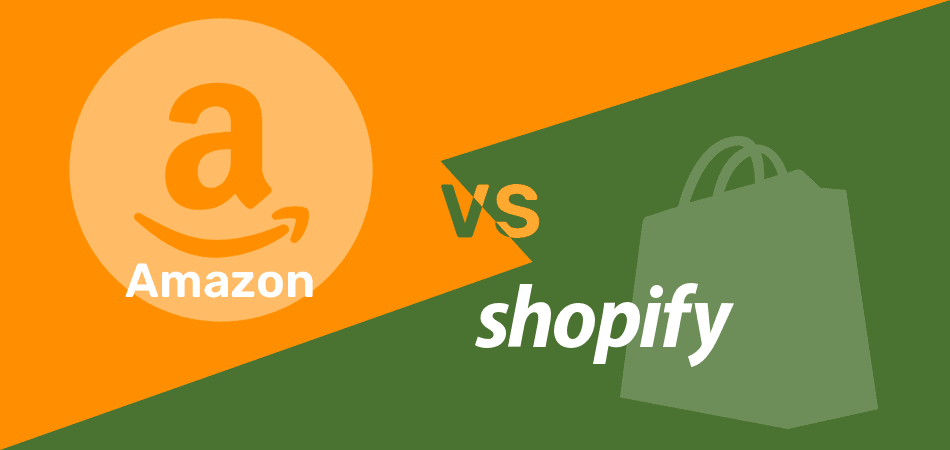
Updated by March 18,2024
Nowadays, there are tons of options available when it comes to selling products online. With an online store, business owners have access to a payment processor, subscription options, membership options, and much more.
Two names seem to stand out among the rest of today's digital sales landscape. If you want to create a website from scratch, Shopify is the way to go. Shopify allows small businesses to create online stores and accept credit cards and debit payments instantly.
A quick look at the post:
Alternatively, you can set up an Amazon account to start selling as quickly as possible. A seller on Amazon has access to a huge audience of people who already browse the site regularly.
With nearly $90 billion in revenue between them, Shopify and Amazon are two giants of the e-commerce world. They both offer exposure to millions of buyers and sellers.
A Look at Shopify
Online retailers can easily create and manage standalone digital stores with Shopify, a powerful cloud-based e-commerce platform. The platform is also scalable. It is used by companies to power their online stores, but its basic service plans can also be used by individuals.
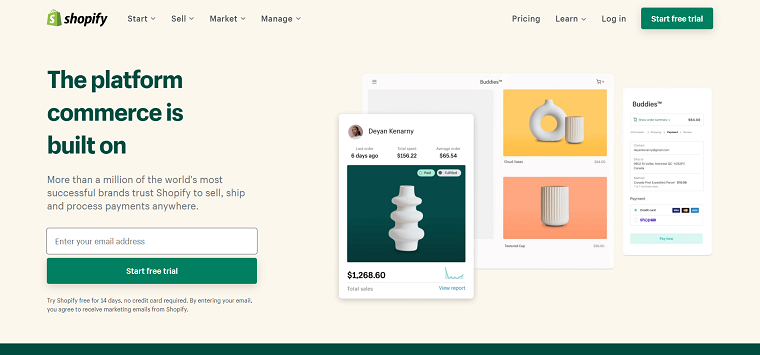
Shopify Payments, a built-in payment processor that's powered by Stripe, allows users to accept payments online through over 70 professionally designed templates. Shopify offers a wide range of store- and customer-management features, such as social media integration, discounts, gift cards, and secure storage of customer information (including Amazon).
A Look at Amazon
Amazon gives you access to millions of potential customers around the globe if you sell your products there. Because of that, Amazon is an incredibly useful tool for entrepreneurs who lack the inventory necessary to set up a standalone online store and build up a clientele.
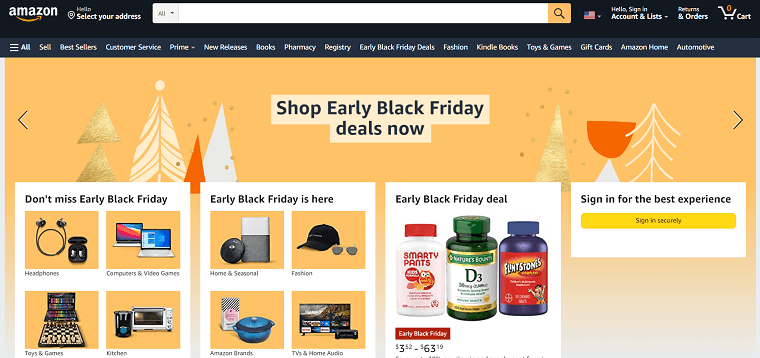
As a supplementary revenue stream and to redirect new customers back to their dedicated online stores, Amazon is equally valuable for established online businesses.
Setting up your seller profile and listing your products on Amazon is relatively straightforward, even though it can take time to get the hang of it - and you'll need to align with Amazon's rules and regulations.
Major Difference Between Shopify and Amazon
It is important to remember that Shopify is a specialized eCommerce platform and Amazon is an online marketplace. As a Shopify user, you can set up your online store, while as a seller on Amazon, you can sell alongside other online sellers.
When you dropship online, Shopify has less restriction for you to sell dropshipping products and contains many powerful dropshipping apps like DSers to help scale your store.
| Get Started Now to Grow Your Online Business with the Best AliExpress Dropshipping Tool - DSers! |
Selling on Amazon is like a stall at the most crowded crossroad. People come into your stall to browse and buy – most of them aren't specifically looking for your business, but you still make a lot of sales because everybody walks past and sees you.
With Shopify, you rent a facility to run your business. You have your own space, and once people know your brand, they look for you. Although it's harder to build up a customer base, there's more room for creating a unique image.
Shopify and Amazon cater to different types of online sellers due to these differences. Shopify caters to individuals and Amazon caters to small and medium businesses.
Shopify vs Amazon: An In-depth Review and Comparison
1. Pricing
Shopify
With Shopify, you can try the service for 14 days for free:
- Basic plan: $29 monthly
- Shopify plan: $79 monthly
- Advanced plan: $299 monthly
- Lite plan: $9
- Plus: Beginning at $2000
More features come with a more expensive Shopify plan. In addition, you can downgrade or upgrade at any time. If you pay upfront, Shopify also offers a 10% discount for an annual payment and a 20% discount for a biennial payment.
Amazon
There are two pricing plans offered by Amazon:
- Individual sellers: Each item sold is 99 cents. With this plan, you can only add new products to the Amazon catalog and use Fulfillment by Amazon if you desire. It is appropriate for sellers who test their products, according to Amazon.
- Professional sellers: Monthly fee of $39.99. Among the advanced tools available on this plan are API integration, on-site advertising tools, and multiple user accounts.
2. Support
Shopify
Excellent customer support is provided by this hosted solution. The Shopify community forum is where you can ask questions and find answers from other Shopify users and experts, as well as documents and video tutorials on the platform. You can also check out the Shopify Changelog for updates.
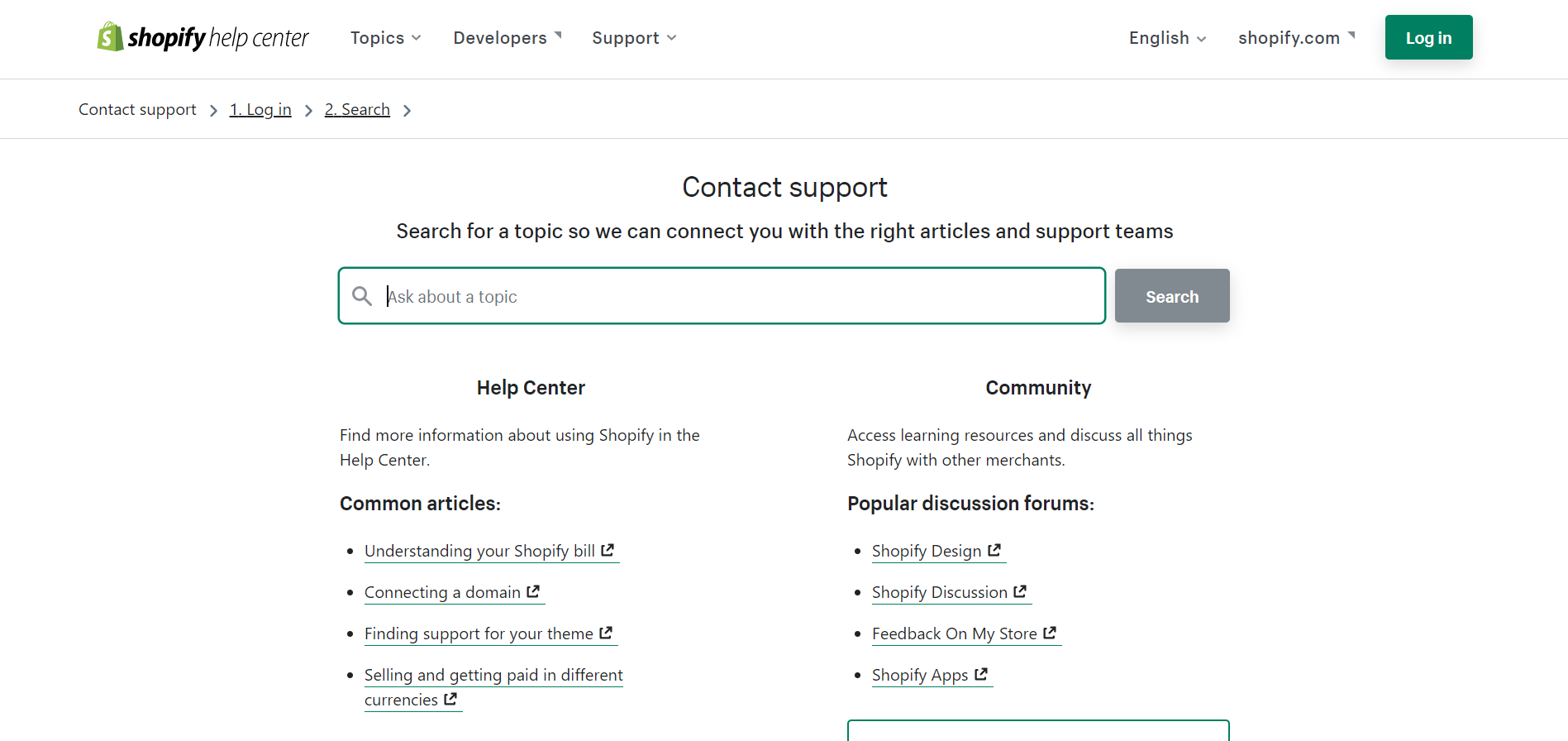
You can also access Shopify Help Center by phone, email, and live chat 24/7. Your issue will be handled within minutes by the support team.
Amazon
The Amazon forum is similar to Shopify's, where users can post questions and get support from other users.
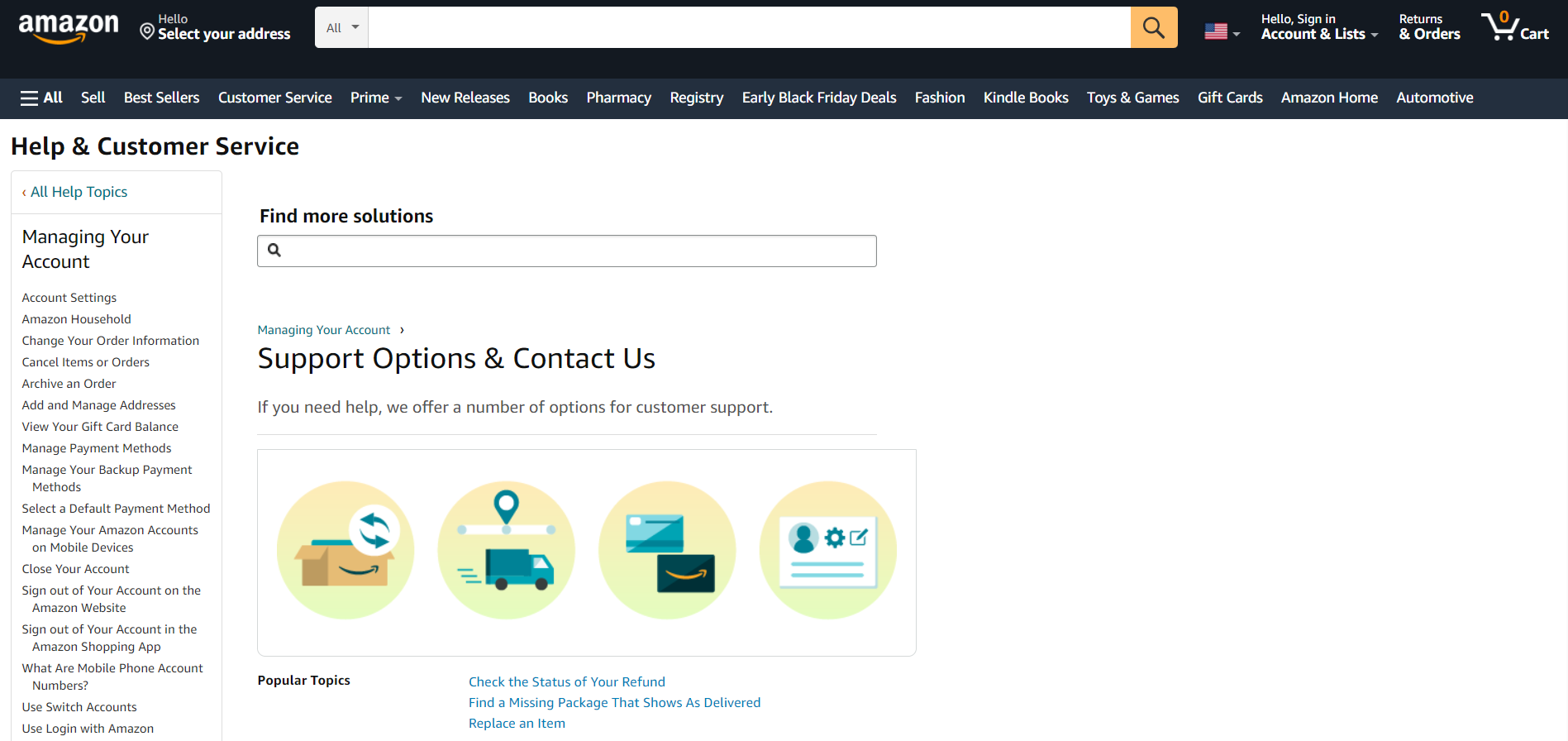
There are also some frequently asked questions and answers on this platform's Help Center. Amazon does offer 24/7 customer support via phone, email, and live chat.
3. Ease of Use
Instead of dealing with technical hassles, you want to have an enjoyable buying experience with your eCommerce platform. Fortunately, both Shopify and Amazon are easy to use.
Shopify
With Shopify's drag-and-drop design, you don't need to know how to code. First, you need to create an account with Shopify. By dragging and dropping media elements anywhere on the page, you can edit the layout, colors, text, and so on.
A visual cue interface makes it easy to design your online store and intuitive to use. With Shopify's back-end dashboard, everything you need is displayed on the left sidebar, making it easy to navigate.
Amazon
Creating an Amazon store is as easy as following the set-up process. Your next step is to upload your products' information, which comprises the product category, product identifier, SKU, offer details (price, shipping option, etc), product details (name, brand, and so on), and search terms, and then you can start selling.
4. Design flexibility
Customers' perceptions of your brand can be shaped by the design of your website. Shopify's design options are far more flexible than Amazon's, but both enable you to optimize your pages for customer attention.
Shopify
It's possible to build a complete online store with Shopify. It is possible to design something from scratch or to use one of Shopify's pre-built templates. There are a lot of paid and free themes available to suit any niche.
You can also completely customize how each page of your website is designed via Shopify's drag-and-drop editor. For your About, Contact, and Homepage pages, you can change the layout, add widgets, and upload content.
Amazon
Branding and customization on Amazon are far less flexible than on Shopify. The product listings look the same as those on Amazon already. There are no themes or templates. Adding your images to product listings, adding bullet points, and writing an item description is about as flexible as it gets.
To put it simply, Shopify beats Amazon in terms of design. Shopify's themes and templates let you customize your store to your liking. Getting a unique brand image on Amazon is difficult due to Amazon's limited design flexibility.
5. E-commerce Tools
The ever-expanding features and tools of Shopify give it a distinct advantage.
Amazon takes great pride in its Fulfillment by Amazon (FBA) program, given its global market reach. By enrolling in FBA, you simply sell the products, while Amazon ships them for you.
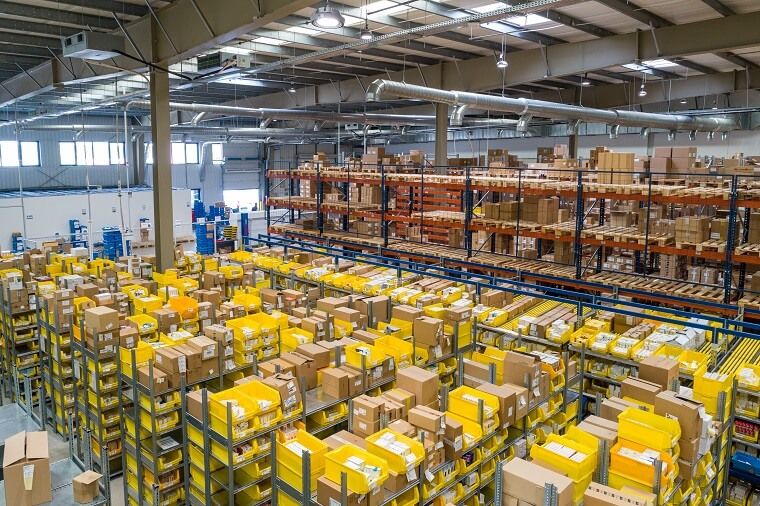
Sellers no longer have to worry about logistics thanks to the platform's shipping and fulfillment services. Those services will cost you, of course. Despite that extra expense, Amazon's third-party sellers make up nearly half of its sales, with 60% of its top sellers using FBA.
However, if you do dropshipping, then it won’t be a problem as you don’t have to rent a warehouse for products. In dropshipping model, you only need to place your store orders to your suppliers who ship the products to your customers directly.
On the other hand, Shopify boasts a comprehensive set of e-commerce tools. Among the tools it offers are:
- Dropshipping apps like DSers
- Barcode and QR code generators
- A template for emails
- Features for managing stores
- Calculation of tax and discount
- Support for custom branding and marketing
6. Attracting Clients
If you fail to attract and keep potential buyers on your website, you won't make any money with your website or online shop.
Amazon has a significant advantage in this area. Millions of people search for products on Amazon every day, and it is the most popular marketplace in the world.
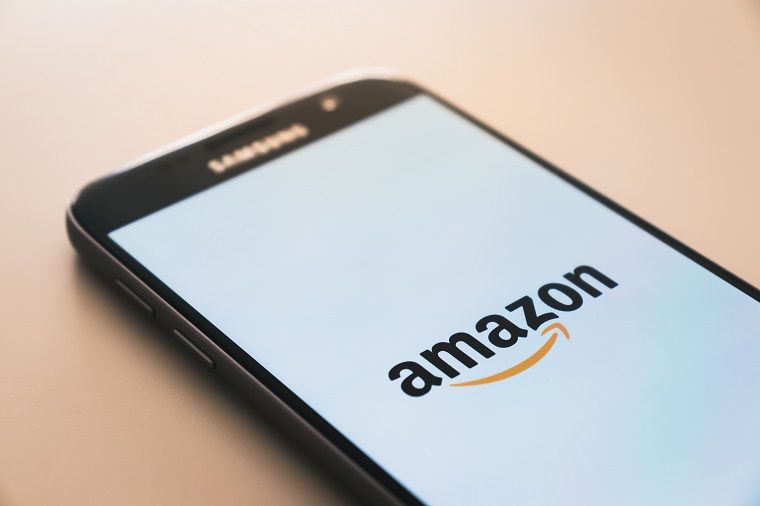
When you list your product items on Amazon, you are likely to attract customers who are looking for items similar to yours. This is one of Amazon's biggest benefits, and one of the reasons so many companies choose to sell on Amazon.
Therefore, you do not need to do SEO or marketing to get thousands and thousands of views on Amazon and make sales. Google and other internet search engines rank Amazon as the top search engine.
In addition to Amazon's traffic and high ranking, keep in mind that, when customers perform searches, your goods will be listed alongside those of your competitors, so you have to make your products stand out from those offered by Amazon and other third-party sellers.
Amazon has a natural search volume, but Shopify does not. Shopify users typically create their online stores with their unique domain names and are responsible for search engine optimization and marketing of their respective product lists, brands, and stores.
By integrating abandoned cart delivery, multi-channel sales and social media integration, personalized shopping, and more, Shopify has built-in and additional tools for improving your SEO and marketing your items to increase your customer base and improve your brand image.
Pros & Cons of Shopify and Amazon
Shopify
· With its powerful E-Commerce tools, your store will be promoted and advertised effectively according to your business needs.
· Because Shopify allows you to have a website for a business, you can create your own brand identity.
· The Shopify app store sometimes leads to an increase in your monthly budget if you add 3rd party apps.
· The way you market your business is entirely up to you. It is your responsibility to raise awareness about your brand and build it up.
Amazon
· Millions of people visit Amazon's online marketplace for weaving products. You can increase exposure for your product and sales with its traffic.
· Additionally, Amazon handles your entire process, including inventory storage, from packing to shipping. For online sellers, these extra services make running their businesses so much easier.
· A lot of sellers sell their products on Amazon, so there is a lot of competition. It can be difficult to outperform others.
· When it comes to Amazon, it is sometimes difficult to create a branding image that stands out.
Conclusion
Amazon and Shopify are both impressive e-commerce platforms. You should thoroughly examine both platforms according to your needs. Even though these platforms have remarkable features, they differ in a few distinct ways.
Amazon is an excellent platform for sellers who are small-scale and do not wish to build up a strong brand identity.
Shopify is a great platform for those who want to build up brand recognition, but it requires additional marketing investment. A long-term business can also benefit from Shopify. It’s worth mentioning that Shopify makes it easier for dropshippers to sell online in the new way with dropshipping tools such as DSers.
| Get Started Now to Grow Your Online Business with the Best AliExpress Dropshipping Tool - DSers! |
You don't have to choose between the two. By integrating Shopify with Amazon, you can sell on both platforms from your Shopify store. You should use this option to reap the benefits of multichannel selling and maintain control over your brand.







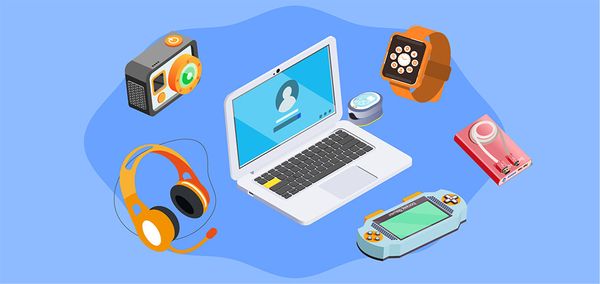





 Company
Company
 Why Choose DSers
Why Choose DSers
 Blog
Blog
 Help Center
Help Center




 Live Chat
Live Chat